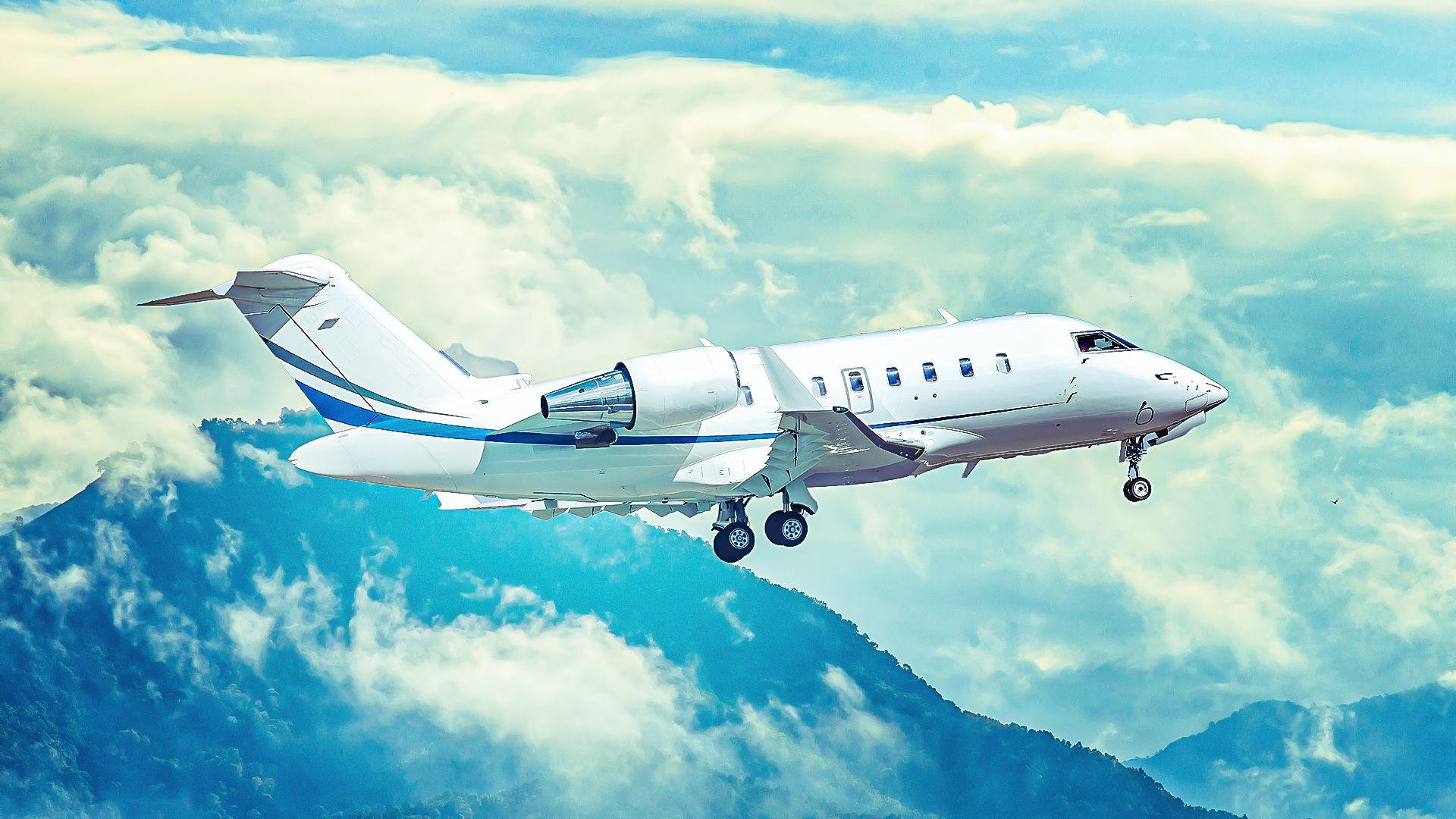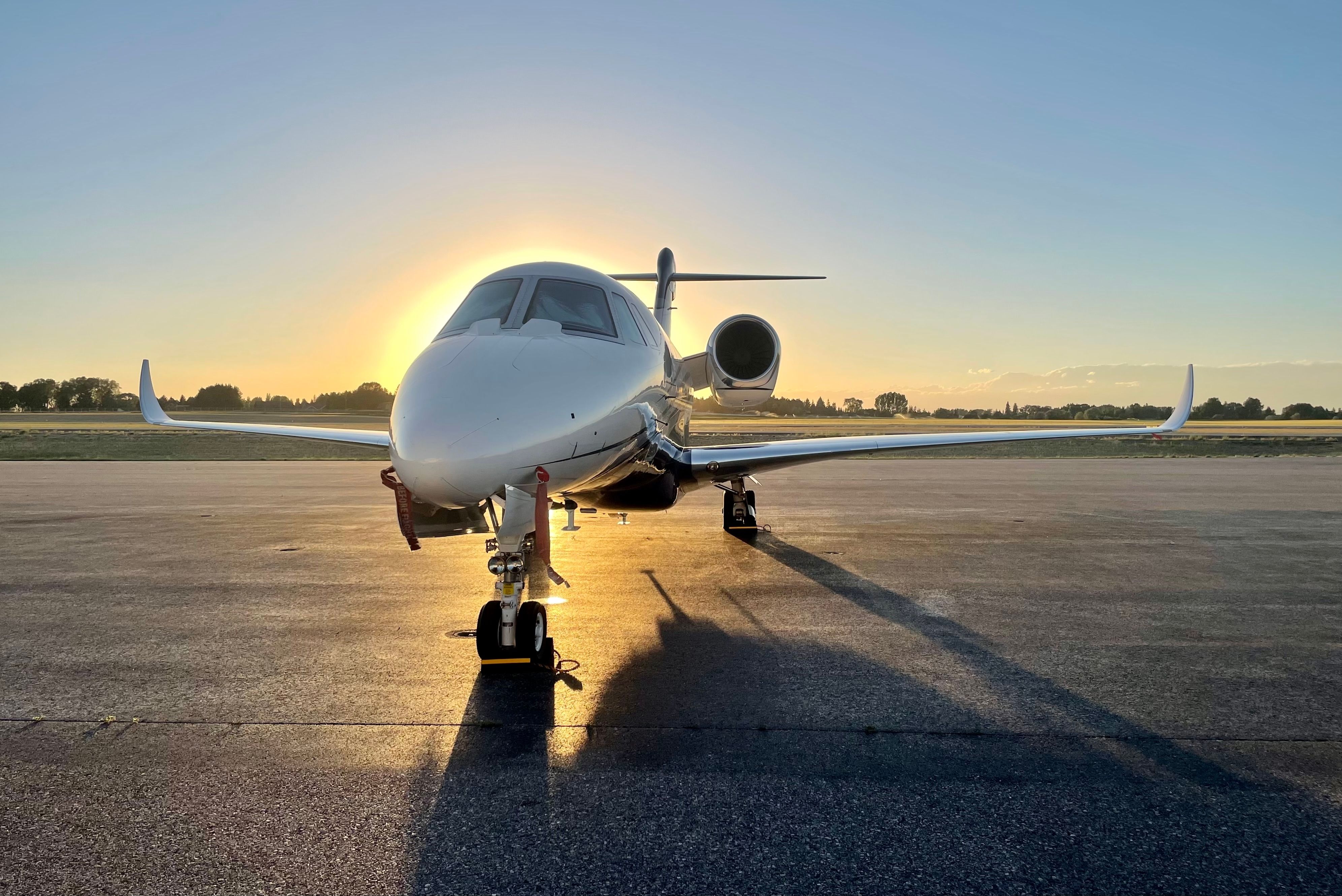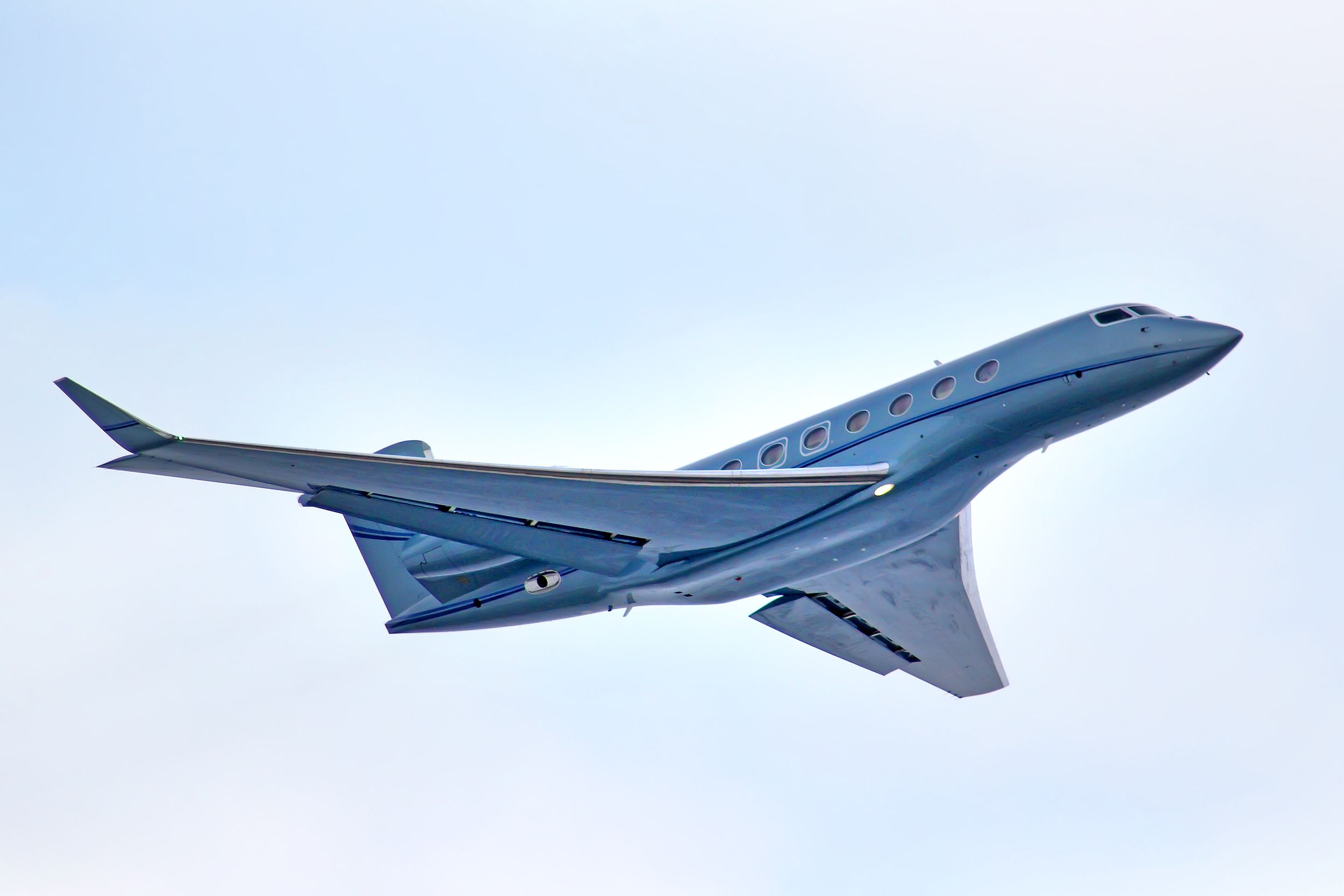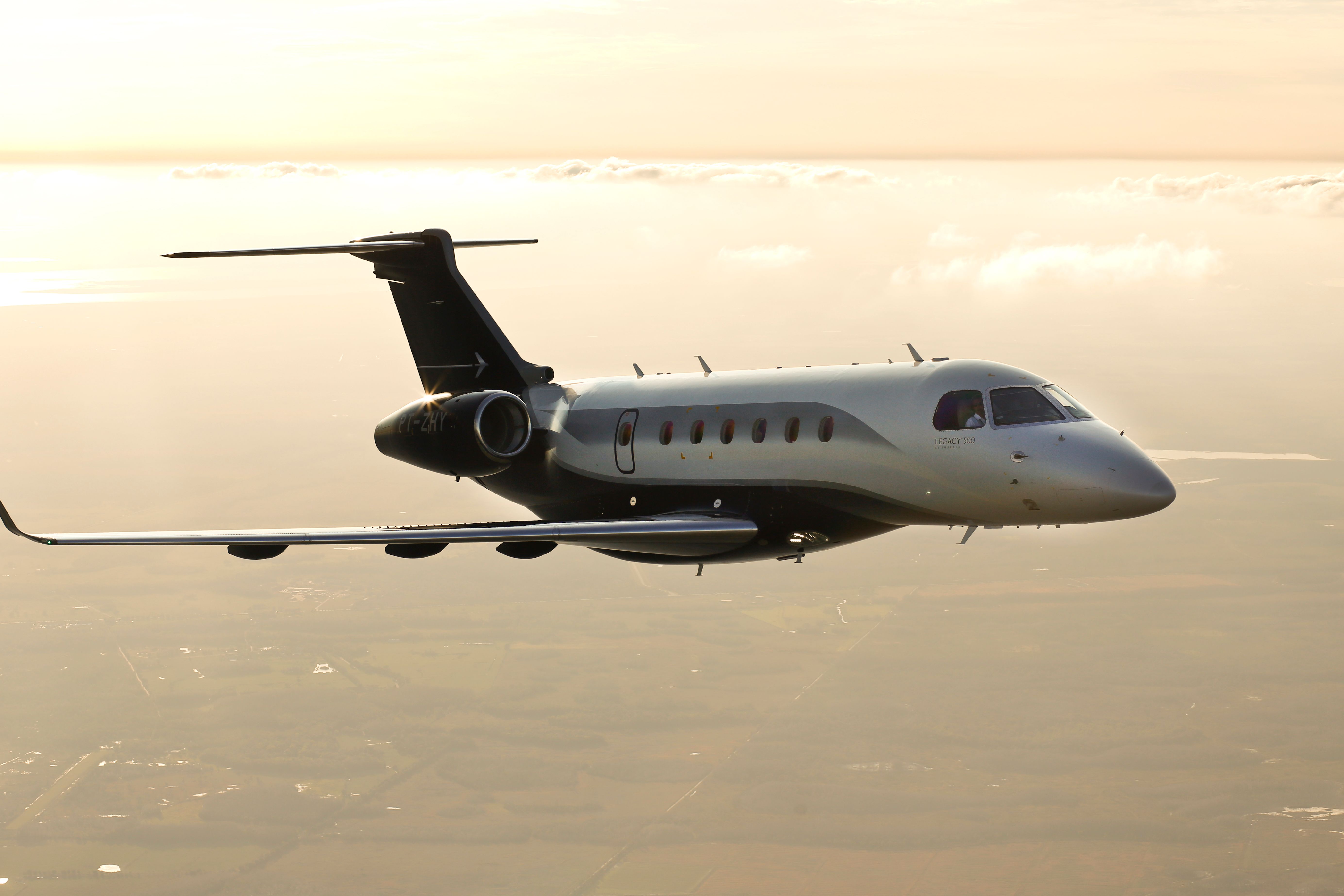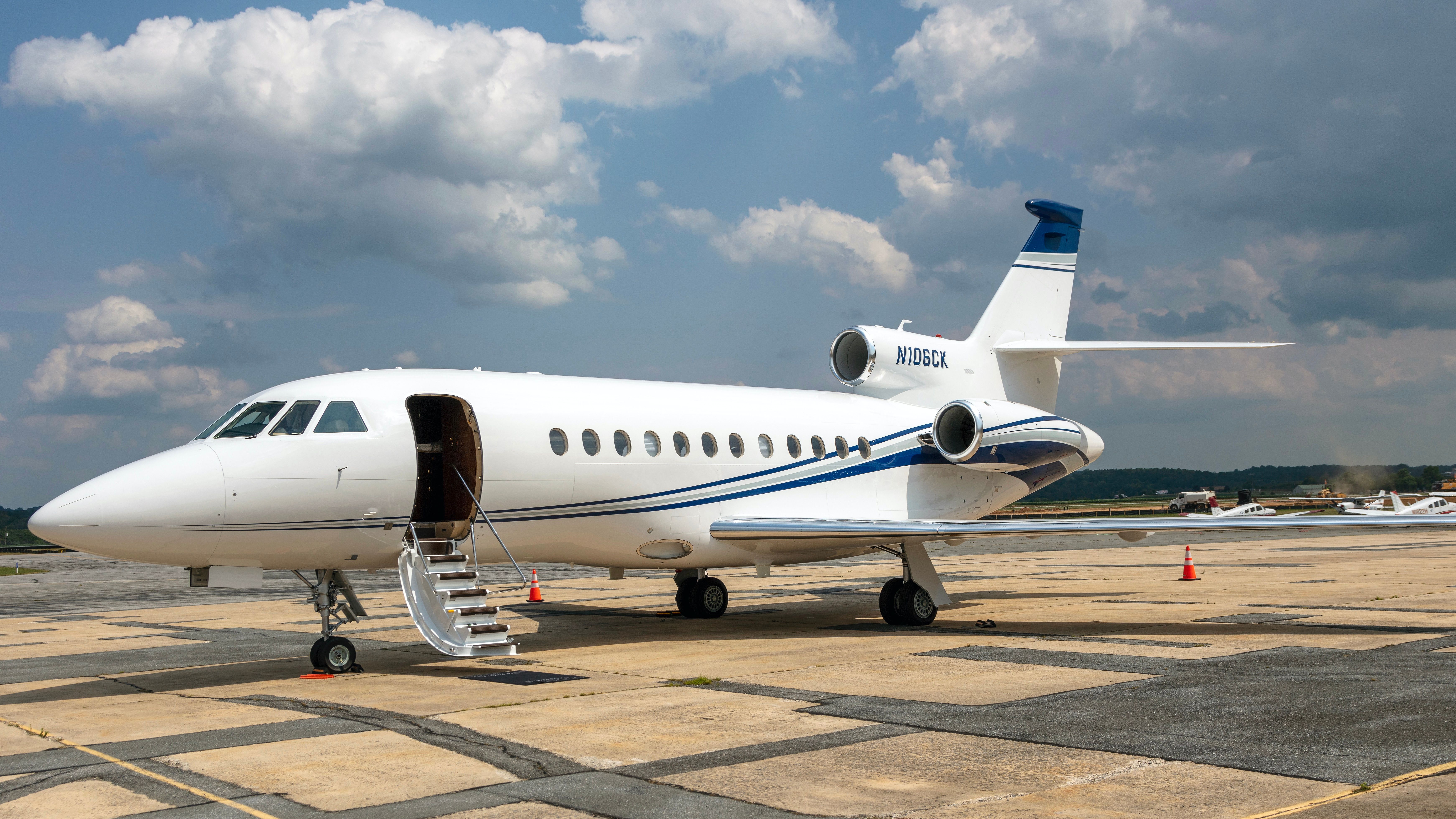In the world of business aviation, some will wonder if flying a private jet will earn more money than a pilot in a commercial airline. It does vary dramatically but is mostly based on experience. The lifestyle is very different and there are some perks but also some downsides. Let’s find out more about what private jet pilots can earn flying charters.
Business aviation pilots’ salary
Private jet pilot’s salaries depend on experience, the type of aircraft flown, and the region worked in. In general, the pilot salary can range from $50,000 to $250,000 and sometimes more for very experienced pilots with many flight hours, business aviation experience and type ratings on the latest private jets on the market.
- Entry-level first officer: $50,000 to $85,000 per year
- Mid-level (over 5000 hours): $85,000 to $150,000
- Experienced captain: $150,000 to $250,000
- Senior captain: $250,000 upwards
There is no doubt that since the pandemic, the demand for first officers and captains in business aviation has increased as more operators invest in aircraft to meet the demand for private jet travel.
The salary varies considerably from a first officer starting out in business aviation to a chief pilot at a large corporate operator. Trained and experienced pilots can earn competitive salaries when flying with an established charter operator.
Photo: Austin Deppe I Shutterstock
Type rating
The type rating of a pilot can also make a difference to salary, according to the flying engineer, who suggests that pilots working on these aircraft types earn:
Pilatus PC-24: $100,000 to $150,000
Citation X: $120,000 to $180,000
Embraer Legacy 600: $150,000 to $200,000
Global 5000: $200,000 – $300,000
Gulfstream G650: $250,000 – $350,000
It makes sense that pilots of the newest, more technologically advanced aircraft would earn more. Added to that, ultra-long-range aircraft require longer working hours as they can fly for around 13 hours at a time.
Photo: Art Konovalov | Shutterstock
Commercial pilots’ salary comparison
To make a comparison, we must look at the average salary of pilots in the commercial aviation industry. In the U.S., pilots earn between $47,000 and $272,000 a year, with most making about $165,000. Entry-level first officers make $50,000 to $80,000, while captains earn $100,000 to $200,000 a year.
The salary for an experienced captain at a major airline in 2023 averages at $217,000 according to ATP Flight School , although once seniority is attained it is not unusual to earn $350-$500,000 per year with a legacy airline. Data from the Pro-Pilots Salary Study shows that commercial Airbus A320 pilots earn between $90,000 and $235,000.
|
Position |
Salary range |
|---|---|
|
First Officer |
$90,000 – $114,000 |
|
Captain |
$165,000 – $206,000 |
|
Chief pilot |
$211,000 – $235,000 |
Commercial airline pilots do have benefits, such as healthcare, retirement plans, staff travel and contracts are reliable. The longer you stay with a legacy airline, the more benefits and salary you receive. As flights are scheduled, there is an element of routine which suits many and there is a more balanced life-work balance.
Photo: Embraer
Differences between business and commercial aviation
As a pilot, there are many differences between commercial and business aviation. Contracts are not always secure and there are not many benefits offered unless working for a large corporate or business jet operator.
The salary is usually more than a commercial pilot and there are sometimes clients who leave tips too, which can really add to the salary. Per diems is an additional daily payment that covers meal costs whilst away from the base.
Some pilots have rotations, where they may work one month on and one month off. Often, flights are from standby or at short notice, schedules are always hectic and always changing.
If the aircraft is chartered, there will be a very diverse clientele. Also, once established, there can be further opportunities to advance as Head of Crew Training, Director of Flight Operations or Chief Pilot.
Destinations are often the usual hotspots, such as Paris, London, Nice, Dubai, Geneva and New York and 5-star hotels are included. In the US, the favorites are Hawaii, Aspen, Los Angeles, Las Vegas and New York. Some destinations are very unusual. Business class airline tickets are arranged from the nearest airport to where the aircraft is based. The downsides are the unpredictable schedule, long hours, the responsibility of carrying VIPs and being away from home for extended periods.
The future of private aviation
There are more chances than ever to work as a pilot in business aviation. This is due to the high demand for private jet travel since the pandemic. When commercial flights were limited, those who could afford it opted for private jets and never returned to commercial flying. This increase in demand has led to there being more demand for pilots in business aviation and increasing opportunities.
In 2022, more than 13,000 pilots were hired in the US and many airlines raised the pilot salary by over 40% to retain their pilots for future years. Boeing has predicted that 649,000 pilots will be needed in the next twenty years. That’s an average of around 32,000 a year. These trends will also extend to business aviation and with the industry still growing post-pandemic, the demand for experienced private jet pilots will continue.
At the end of the day, a pilot working in business aviation will have an exciting career, with an unpredictable schedule and possibly make more money. However, it’s not for everyone. Sometimes, pilots prefer a strict schedule, regular payments and benefits and the stability of flying for a commercial airline.

